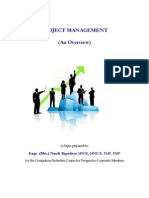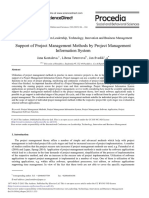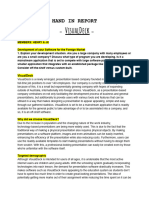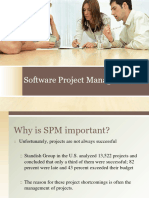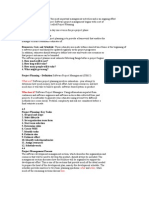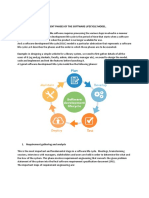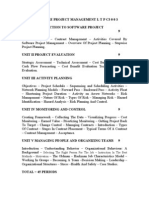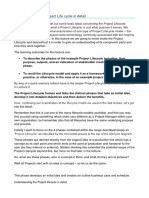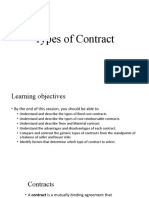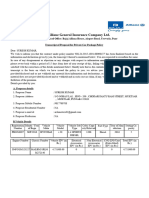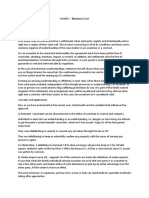0% found this document useful (0 votes)
13 views8 pagesProject Management Systems: Typology, State-Of-The-Art and Forecast
The document presents a comprehensive study on project management systems, highlighting their evolution from simple to complex multi-functional systems. It categorizes these systems into four clusters based on their functionality across the project life cycle and forecasts future developments. The findings indicate a strong focus on project planning and controlling, with significant gaps in support for early and late project phases, as well as advanced project management techniques.
Uploaded by
damikiyas12Copyright
© © All Rights Reserved
We take content rights seriously. If you suspect this is your content, claim it here.
Available Formats
Download as PDF, TXT or read online on Scribd
0% found this document useful (0 votes)
13 views8 pagesProject Management Systems: Typology, State-Of-The-Art and Forecast
The document presents a comprehensive study on project management systems, highlighting their evolution from simple to complex multi-functional systems. It categorizes these systems into four clusters based on their functionality across the project life cycle and forecasts future developments. The findings indicate a strong focus on project planning and controlling, with significant gaps in support for early and late project phases, as well as advanced project management techniques.
Uploaded by
damikiyas12Copyright
© © All Rights Reserved
We take content rights seriously. If you suspect this is your content, claim it here.
Available Formats
Download as PDF, TXT or read online on Scribd
/ 8










